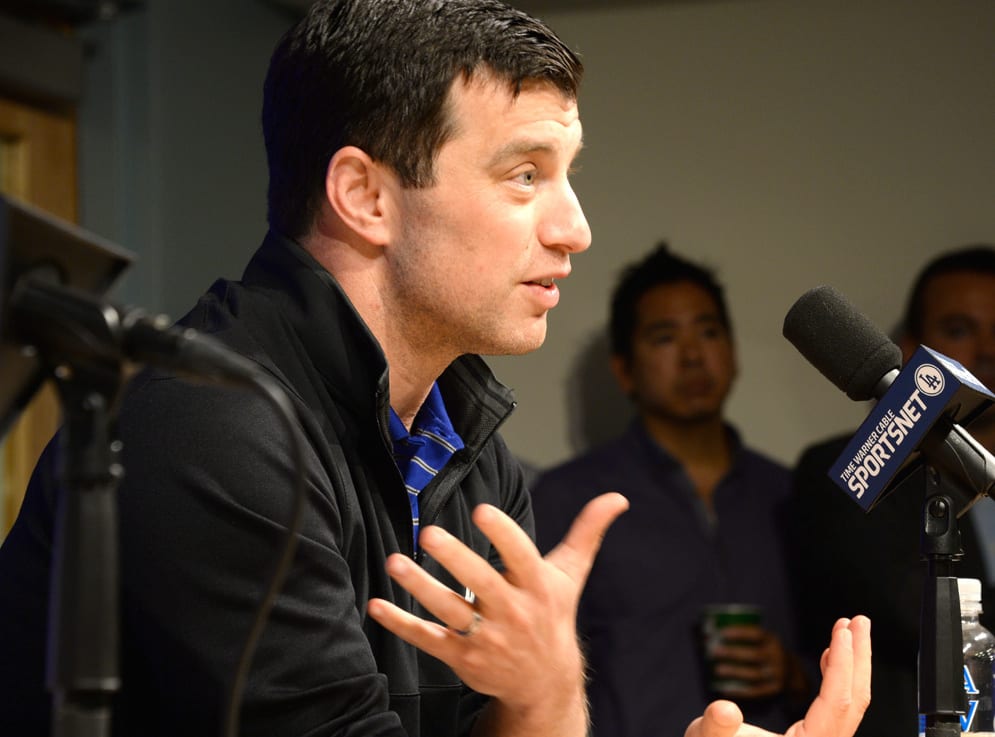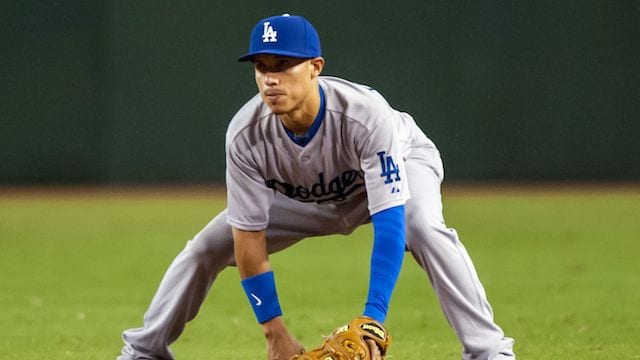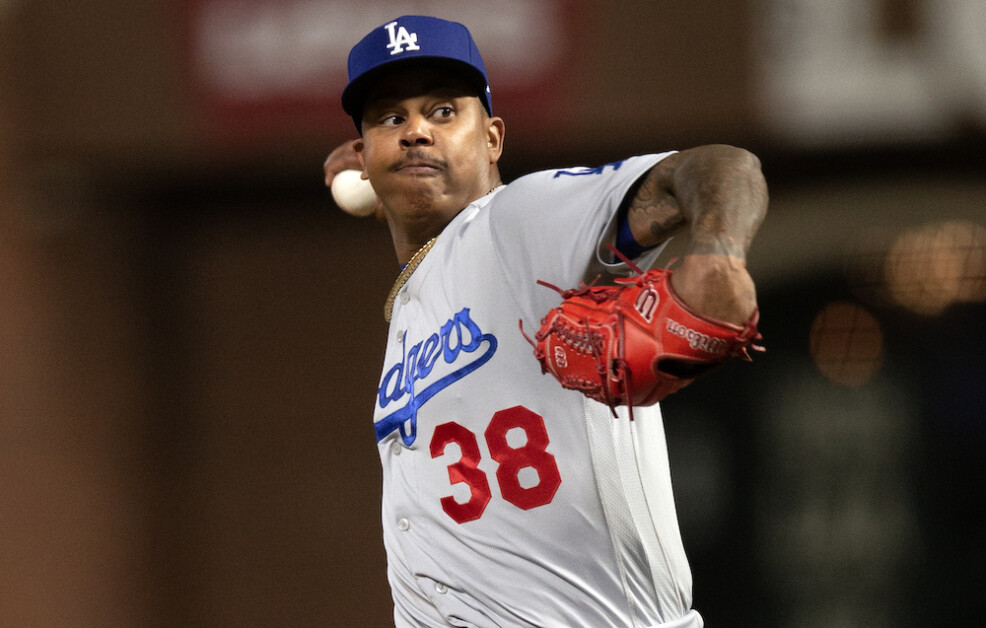The Los Angeles Dodgers’ season ended not with a bang but a whimper. Even after clinching their third consecutive postseason berth for the first time in franchise history, expectations were far greater than simply “being there.”
And while the club fought hard, battling back after a blowout loss, the team could not overcome its nearly three-decade drought without a World Series.
But even before the bags were packed and goodbyes were exchanged, fans demanded answers. Who was responsible? Who let the team and its fans down? Who could be replaced to ensure this wouldn’t happen again?
Time to examine how the responsibility shakes out…
The Front Office
Let’s start at the top. After nine years of Ned Colletti as general manager, the Dodgers decided to turn heel and go with his polar opposite: Andrew Friedman.
The Wall Street wunderkind who turned the Tampa Bay Rays from bottom feeder to playoff contender was considered one of the young stars of baseball management, embracing advanced statistics, and his style of planning ten steps ahead was a dramatic departure from Colletti’s perceived “shoot from the hip” approach.
So, what do the numbers say?
The team won two fewer games in 2015 than it did in 2014, though the Dodgers suffered far more injuries this season. In 2014, the club lost 726 games from players due to injury. In 2015, that number jumped to an eye-opening 1,196.
The front office gambled on oft-injured starters such as, Brett Anderson and Brandon McCarthy, but also invested in pitching depth, with Mike Bolsinger providing a 1.2 fWAR after being acquired for cash considerations from Arizona.
Offensively, the team performed extremely well, ranking third in Majors with a 106 wRC+. Howie Kendrick and Yasmani Grandal both produced more than a 2.0 fWAR, while Jimmy Rollins rebounded from early season struggles to end the year in the plus column. J
oc Pederson, who was entrusted with the starting center field job on Opening Day, was the team’s fourth-most valuable hitter, despite all his struggles at the plate.
Corey Seager, who was called up in September and supplanted Rollins at shortstop, produced a 1.5 fWAR in one month’s worth of games. Super utility man and banana enthusiast Kiké Hernandez provided excellent defensive versatility.
Justin Ruggiano, who was about to head home for the season, became an outstanding insurance policy for injured Scott Van Slyke.
At the time of the trade deadline, the Dodgers needed starting pitching depth and some bullpen help. However, with big names like Johnny Cueto and David Price on the market, the Dodgers opted for cheaper alternatives in Alex Wood and Mat Latos.
This move cemented Anderson as the team’s No. 3 starter, a role that he filled with aplomb until the playoffs. The midseason bullpen madness finally normalized late in the season, though some September performances left the setup role in the air.
Jim Johnson, a former closer, was ineffective in his time with the team, while younger arms like Pedro Baez, Yimi Garcia and Chris Hatcher showed glimpses of brilliance.
It’s easy to say the front office failed by not acquiring an ace, but that would have meant giving up a player like Seager or Julio Urias. They whiffed on Latos, but didn’t lose much to acquire him.
And Anderson’s regular-season performance could not have foreshadowed his postseason implosion. A better starter and more reliable right-handed reliever could have helped, especially when the bullpen wasn’t able to get the ball to Kenley Jansen.
However, the front office’s ability to accumulate depth allowed the team to win 92 or more games and reach the postseason for the third consecutive year.
CONTINUE READING: Examining The Coaching Staff And Players








